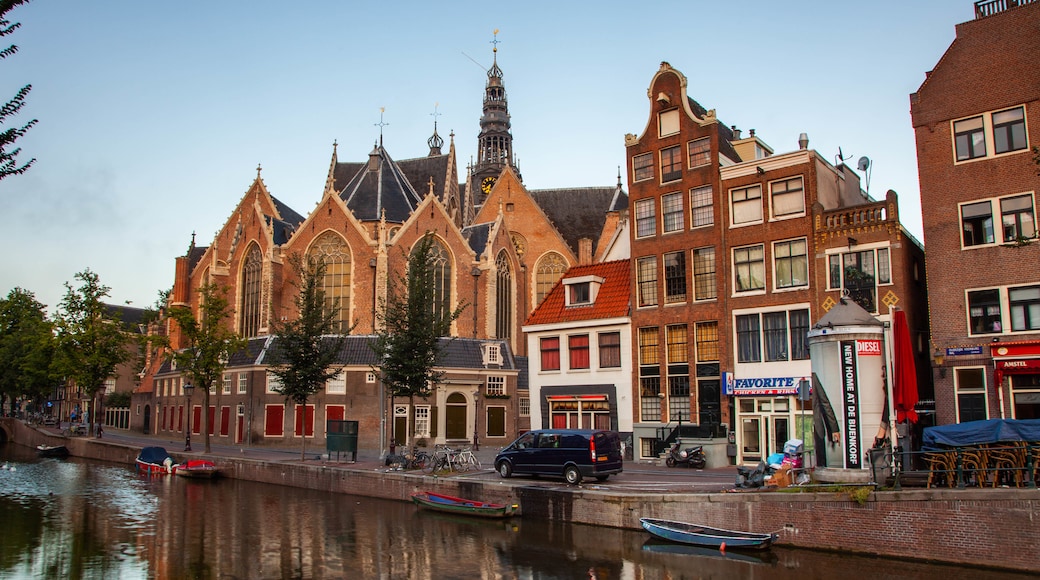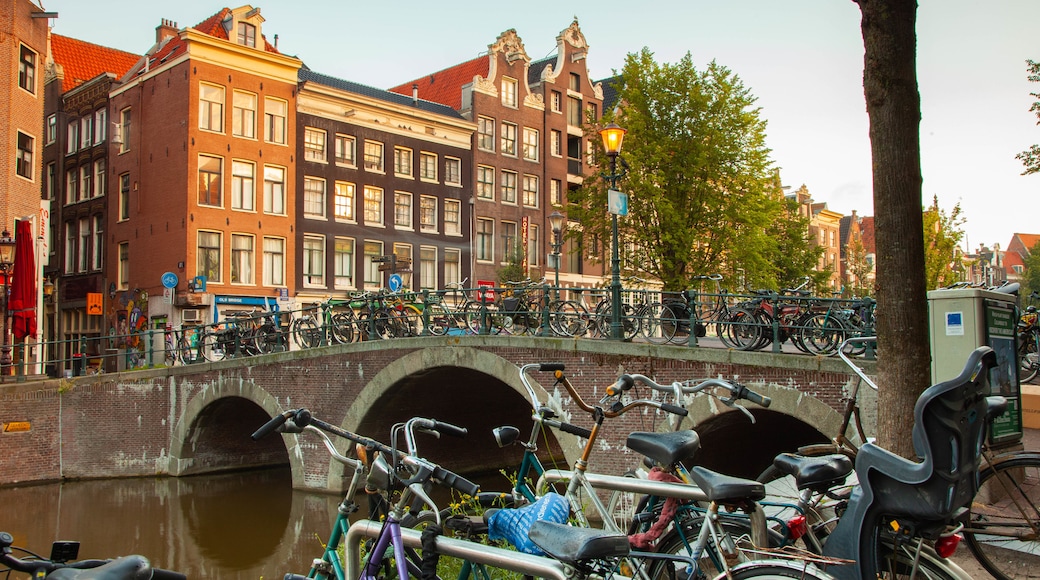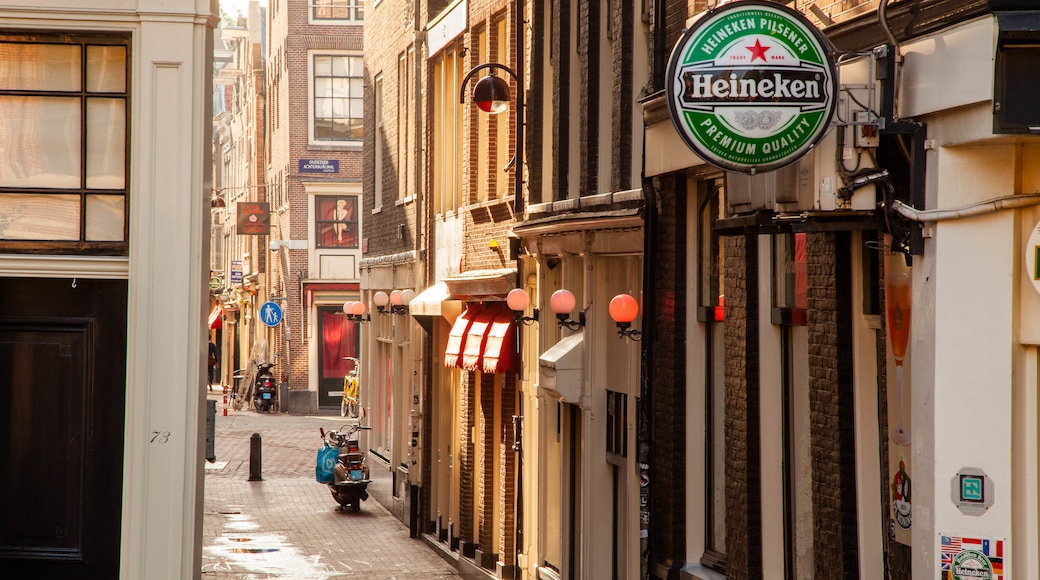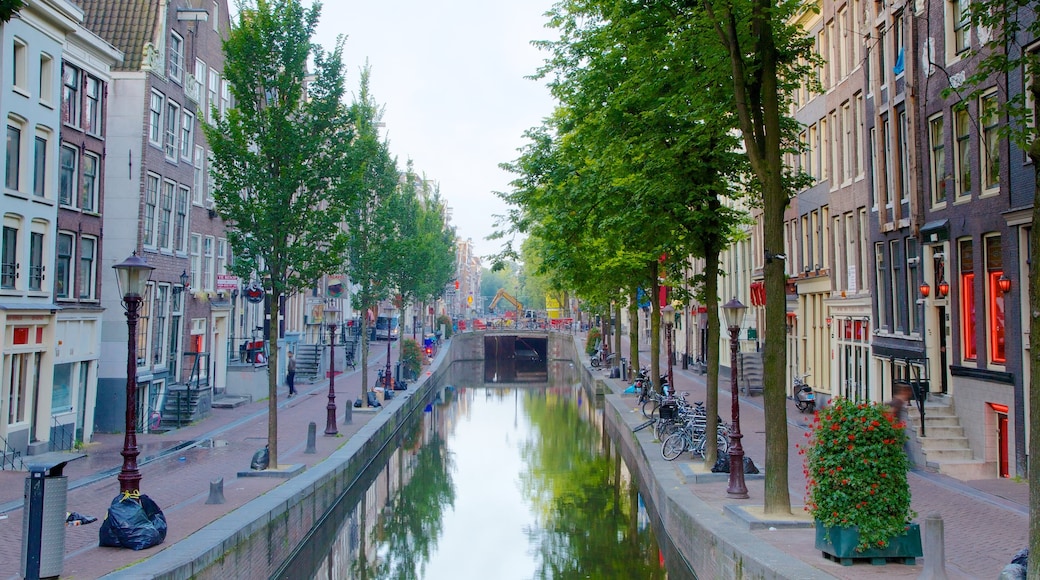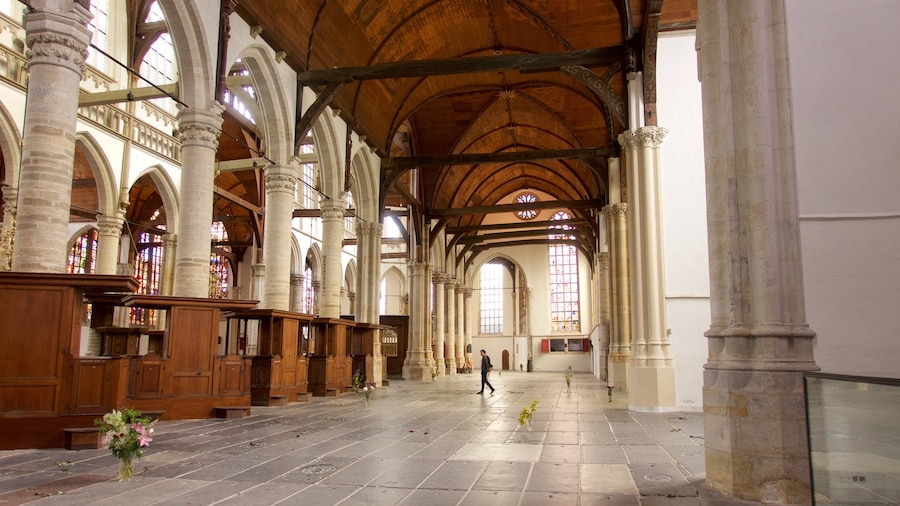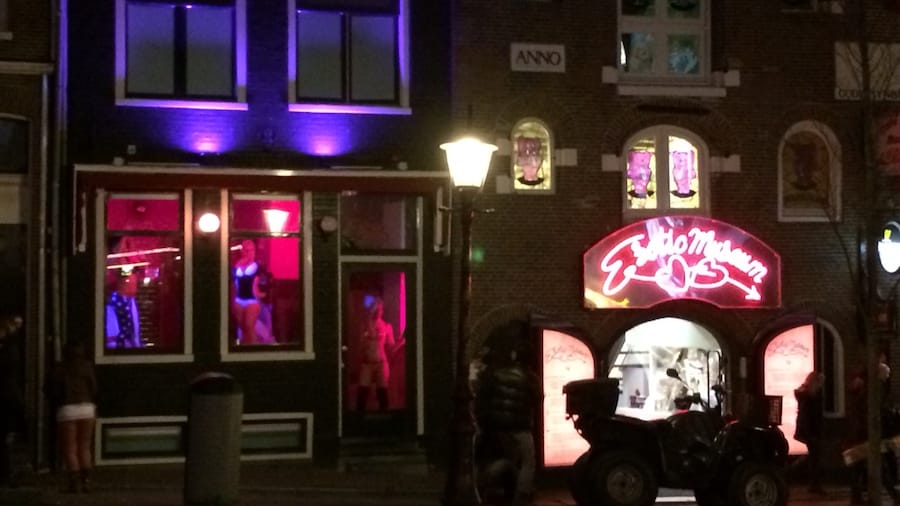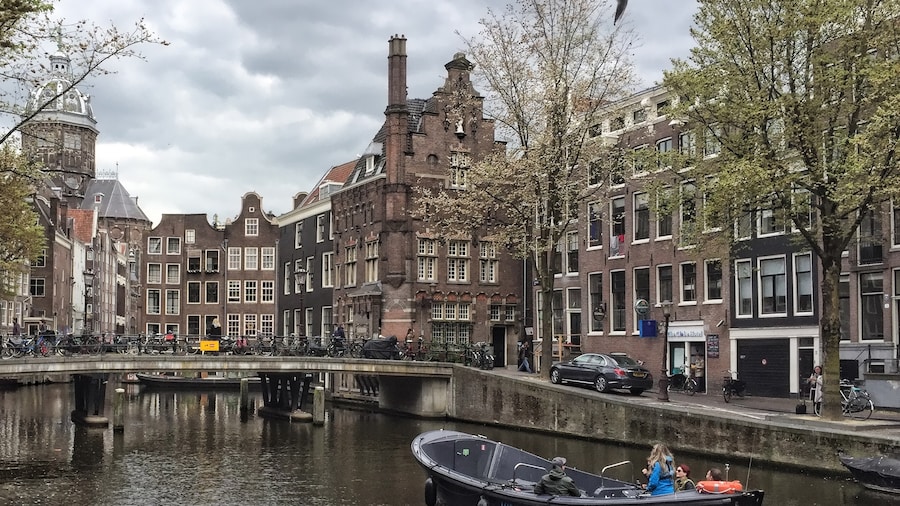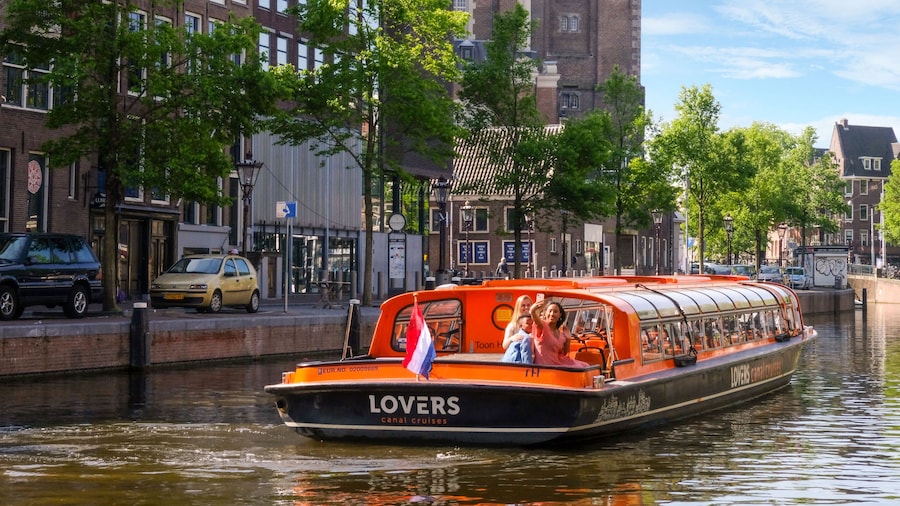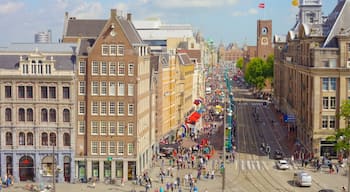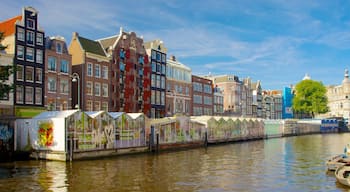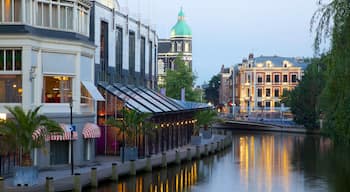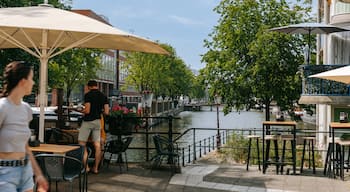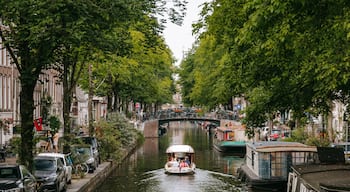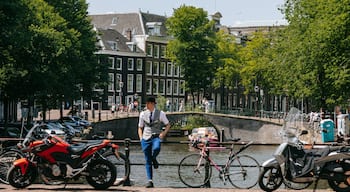This infamous area of Amsterdam is steeped in history and offers an alternative view of life in one of Europe’s oldest ports.
Homesick sailors and weary travellers have been finding sweet relief in Amsterdam’s Red Light District for around 600 years. Today the area is equally popular with tourists, curious to catch a glimpse while keeping a safe distance.This area between Dam Square and Chinatown is known locally as De Wallen, or “the embankments”, and during the day its narrow cobbled streets and pretty gabled houses lend it much the same appearance as any other part of the city. At night, as the red lights begin to glow in the windows, the atmosphere is charged with something a little more risqué. Prostitution is legal in Holland, which is known for its tolerant attitude to certain practices classed as criminal in other countries, but visitors are often still shocked at the flagrancy of the sex trade. However, if you keep an open mind, a visit to De Wallen is an important piece in the jigsaw of Amsterdam culture.Before you lose yourself in the maze of streets, pause at the 13th-century Old Church (Oude Kerk), one of the city’s earliest stone buildings, to admire the beautifully decorated interior and the famous prostitute statue outside, offering a timely reminder to respect the world’s sex workers.Although for the locals a walk through the Red Light District is just another unremarkable route home, it’s a very different experience for international tourists unused to the sight of scantily clad women in garishly lit windows. Young women of many different nationalities compete to catch the attention of open-mouthed sightseers and the streets are lined with adult shops, erotic shows and sex museums. While these are often popular with groups on a wild weekend, their explicit nature may not be to everyone’s taste.The Red Light District is no longer the den of iniquity that some visitors may fear in fact the strong police presence actually makes it one of the safer parts of the city. However, it does attract its share of beggars and pickpockets, so take sensible precautions such as leaving unnecessary valuables at home. It is also considered offensive to take close-up photographs of the quarter's workers, although general views of this colourful area and its historic buildings are perfectly acceptable.

